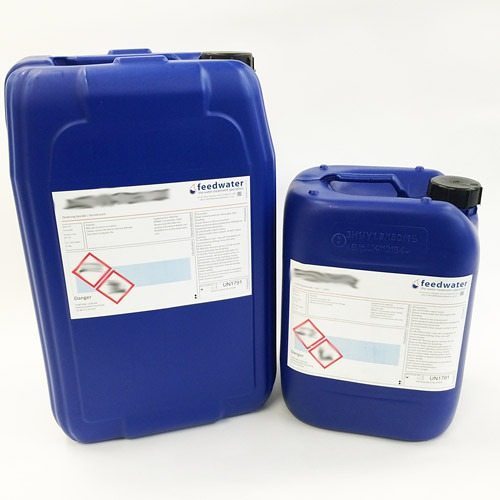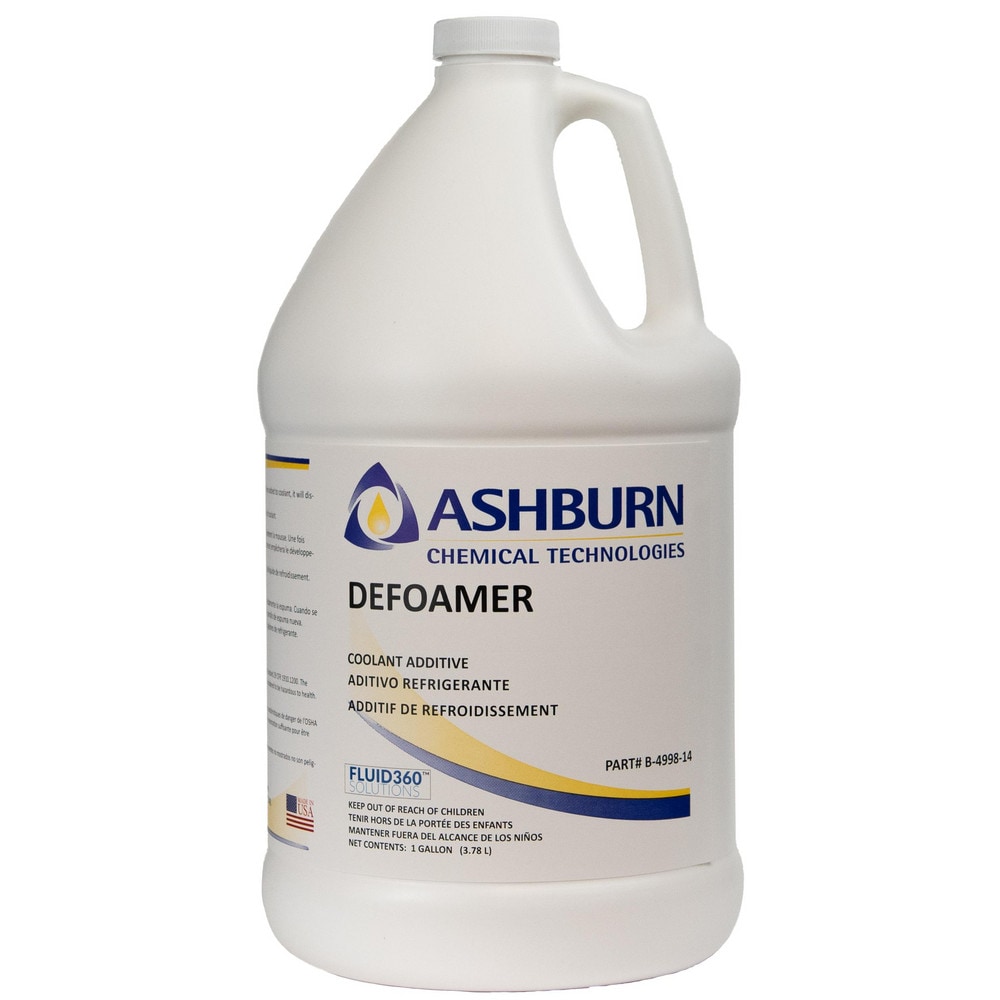How Chemical Defoamer Contributes to Boosting Efficiency in Different Fields
Exactly How a Chemical Defoamer Can Boost Efficiency in Your Workflow and Procedures
In today's affordable commercial landscape, functional performance is vital, and the function of a chemical defoamer can not be ignored. By attending to foam-related difficulties that interfere with procedures, defoamers not just promote smoother procedures however likewise contribute to set you back savings and boosted item quality.
Recognizing Chemical Defoamers
Chemical defoamers play a critical function in numerous industrial processes by properly minimizing and avoiding foam formation. Foaming can bring about functional ineffectiveness, increased manufacturing prices, and compromised product high quality. Defoamers are specialized chemical ingredients developed to interfere with the stability of foam bubbles, thus enabling smoother processing and improved performance throughout a number of fields, consisting of food and beverage, drugs, and wastewater therapy.

These representatives normally include surfactants, oils, or polymeric compounds that reduced the surface area tension of the fluid, promoting the collapse of foam. The mechanism through which defoamers operate typically entails the destabilization of foam structures, enabling quicker water drainage of fluid and the release of trapped air. Different formulas are customized to specific applications, considering aspects such as compatibility with the system, temperature level, and the nature of the liquid being treated.
Comprehending the structure and performance of chemical defoamers is important for picking the suitable item for a given application. By optimizing defoamer selection based on process needs, industries can improve functional efficiency, reduce foam-related obstacles, and ultimately improve overall productivity.
Benefits of Using Defoamers
Using defoamers can dramatically enhance operational effectiveness throughout numerous industries by successfully reducing foam-related problems. The existence of foam can interrupt procedures, bring about increased downtime, decreased efficiency, and possible top quality deterioration in final result. Defoamers help fight these difficulties by damaging down foam frameworks, therefore enabling smoother procedures.
Among the key benefits of using defoamers is the reduction of waste and rework. By reducing foam formation, defoamers improve the consistency of processes, guaranteeing that products are made use of efficiently. This not only decreases functional costs but also contributes to sustainability initiatives by minimizing resource intake.
Furthermore, defoamers can improve product quality. In manufacturing setups, too much foam can bring about inconsistencies in item characteristics, influencing consumer contentment. By regulating foam degrees, defoamers assist preserve the desired physical buildings of items.

Applications in Various Industries
The performance of defoamers expands throughout a large range of industries, where their application addresses particular foam-related obstacles inherent per market. In the food and beverage sector, defoamers are essential for enhancing manufacturing procedures, such as developing and dairy handling, where too much foam can hinder flow rates and minimize performance. By minimizing foam, these agents enhance product high quality and consistency.
In the chemical manufacturing market, defoamers are utilized in processes like paint manufacturing and wastewater treatment. Right here, they stop foam development that can interfere with mixing and separate phases, thereby improving the overall efficiency and effectiveness of operations.
In pharmaceuticals, defoamers play an important function in the formula of liquid medications, guaranteeing proper dosage and security by regulating foam throughout blending and storage. (Chemical Defoamer)
Furthermore, in the agricultural sector, defoamers are utilized in chemical solutions to boost application effectiveness and lessen waste.
Choosing the Right Defoamer
Choosing the proper defoamer is vital for accomplishing ideal performance in numerous applications. The option process ought to begin with a detailed understanding of the details concerns at hand, consisting of the kind of foam present, the processing problems, and the chemical go compatibility with other solution elements.
Defoamers are created from a selection of materials, consisting of silicone, mineral oils, and fats. Identifying the ideal composition is necessary, as various materials show differing performance in diverse settings. Silicone-based defoamers are often preferred in their explanation high-temperature applications due to their stability, while natural defoamers may be more appropriate for water-based systems.
Additionally, think about the defoamer's effect on the final item. Some formulas can alter the practical or visual homes, making it vital to choose a defoamer that meets item requirements without compromising high quality.
Examining is one more vital action in choosing a defoamer. Small-scale tests can provide important understandings right into the defoamer's efficiency, enabling adjustments before full-scale application. By carefully examining these aspects, organizations can boost performance and make sure that the defoamer successfully fulfills their operational needs.
Finest Practices for Execution
Carrying out a defoamer successfully calls for cautious preparation and adherence to finest methods to maximize its performance. Initially, carry out a detailed evaluation of the details application and foam characteristics. Comprehending the type and source of foam will guide the choice of one of the most appropriate defoamer formulation.
Following, establish the ideal dosage (Chemical Defoamer). Begin with a small trial to establish the minimum efficient concentration, as excessive usage can bring about damaging impacts on product quality or functional performance
Surveillance and adjusting the application technique is critical; guarantee that the defoamer is presented at the right factor in the process for optimal influence, such as during blending or right away after foam formation.

In addition, maintain clear communication with all appropriate employees to guarantee consistent application techniques and to share understandings Your Domain Name on performance outcomes.
Verdict
In final thought, the usage of chemical defoamers plays a critical function in improving functional efficiency across diverse industries. Ultimately, the incorporation of defoamers into industrial processes fosters reliability and contributes to total efficiency improvement.

In the food and beverage market, defoamers are crucial for enhancing manufacturing processes, such as brewing and dairy products processing, where extreme foam can prevent flow rates and lower efficiency. Silicone-based defoamers are typically preferred in high-temperature applications due to their stability, while organic defoamers may be extra suitable for water-based systems.